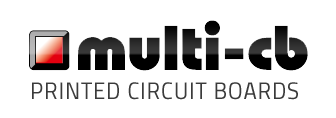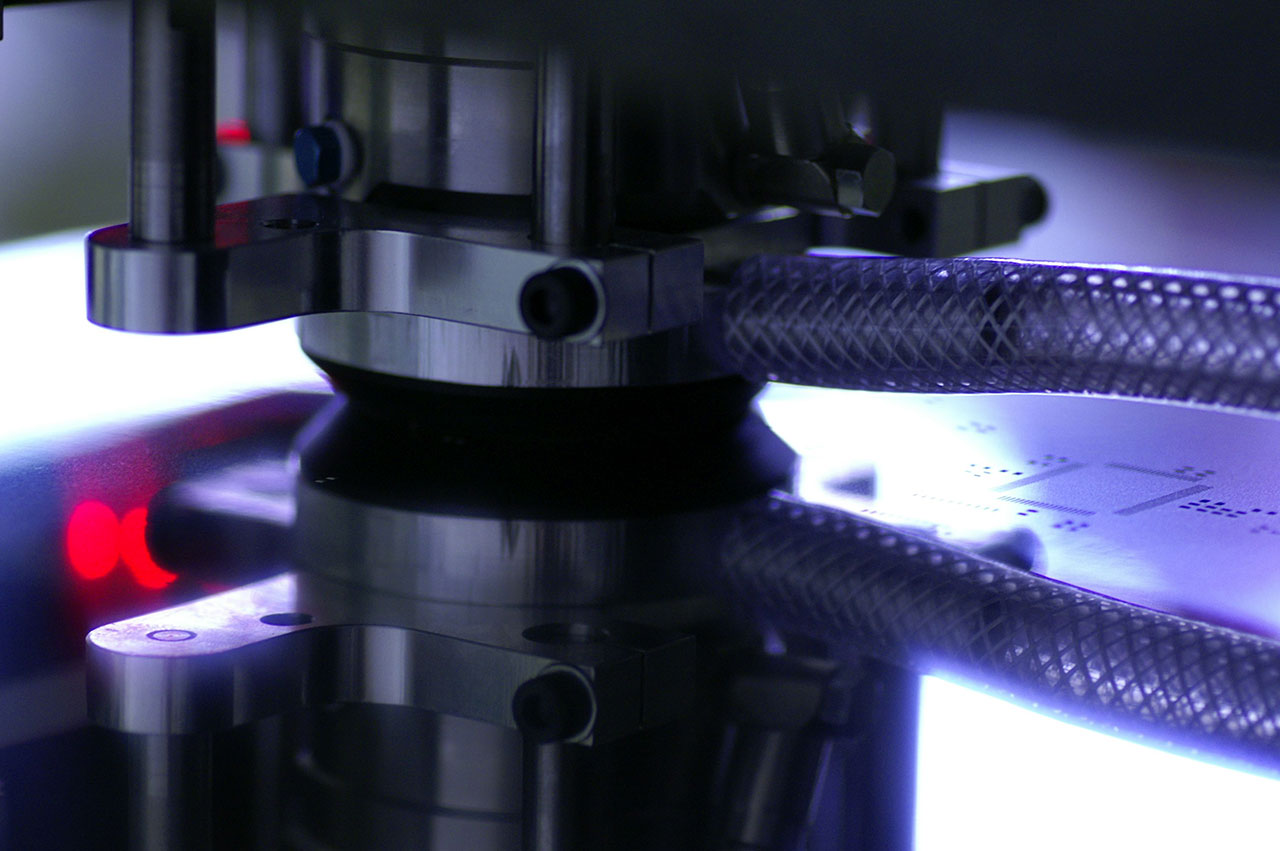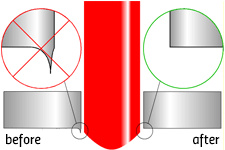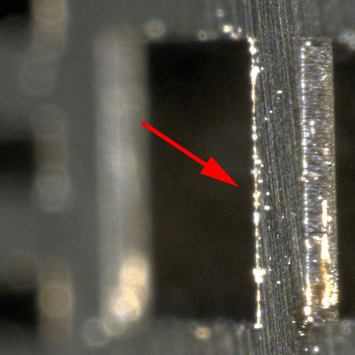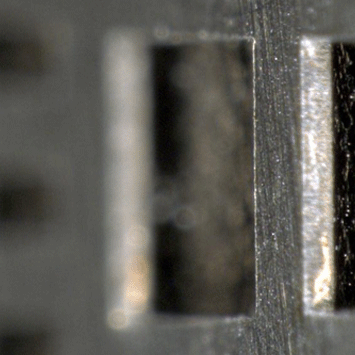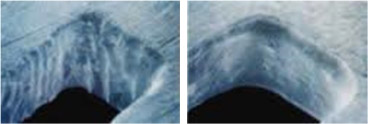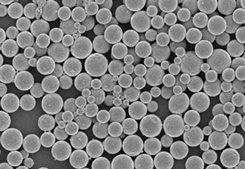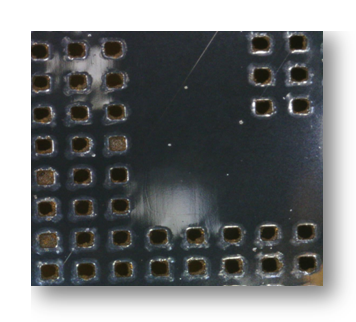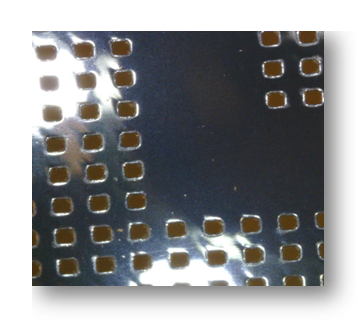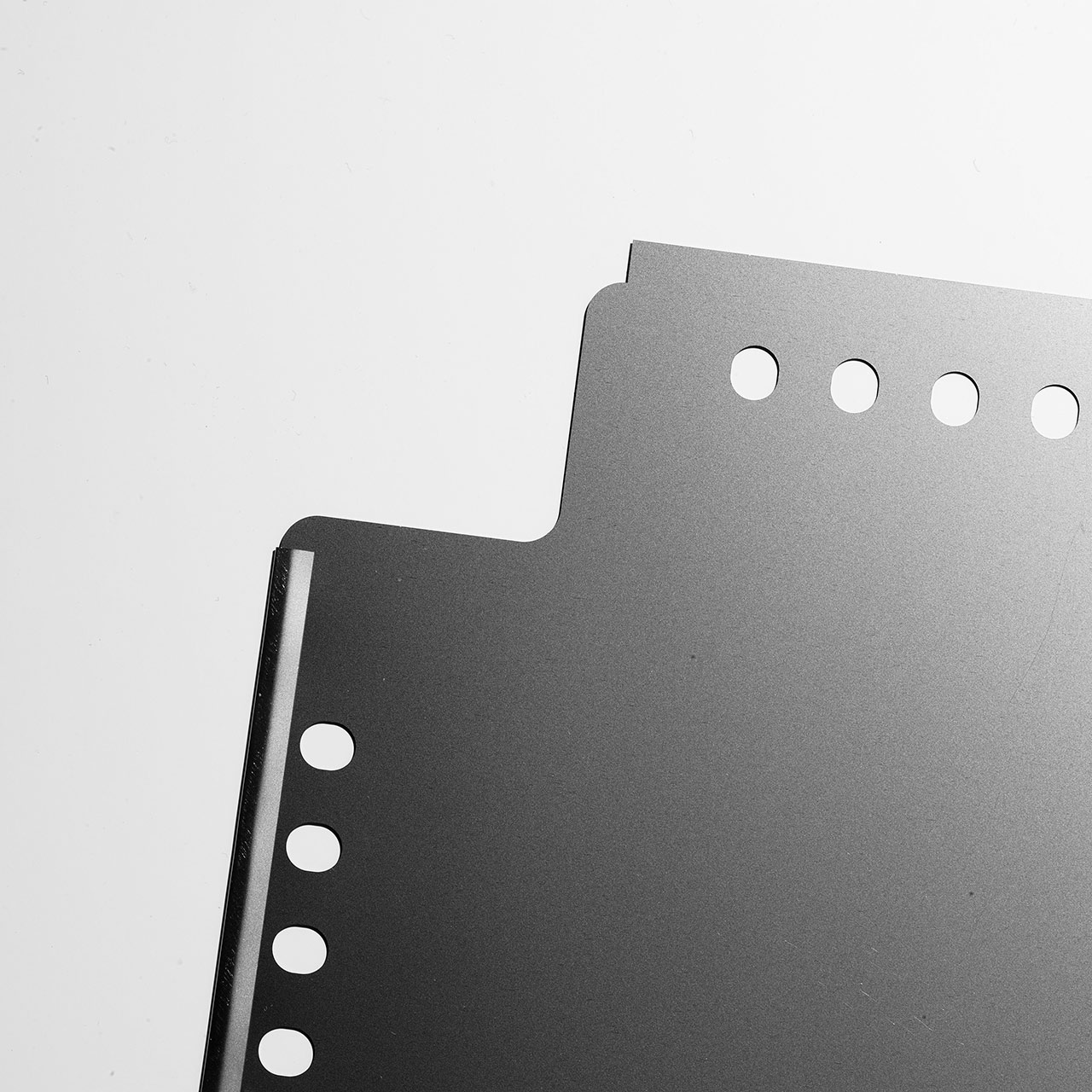Through the laser cutting process, fine ridges are formed on the pads, which are standardly removed in production by machined deburring (by brushing). The SMD stencils, treated in this way, meet the highest standards.
Using Electropolishing and Nano coating (also Nano protection), the stencil surface can be further improved (optional). This enhances the release behavior of the solder paste and facilitates cleaning of the SMD-Stencil.
For very thin stencils, or for special tension frames, we also offer Edge protection.
Available finishing treatments:
|
|
